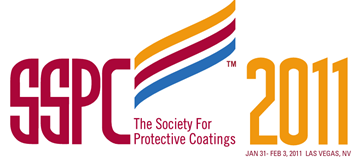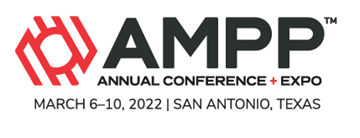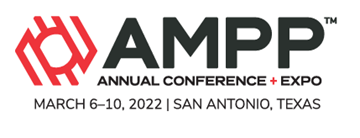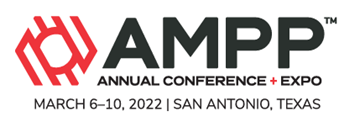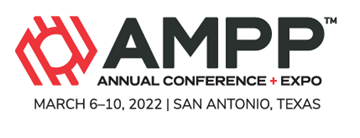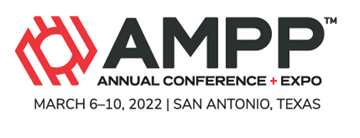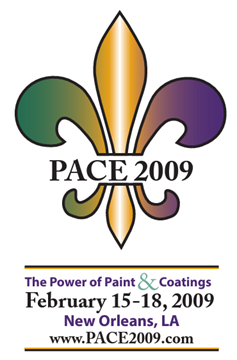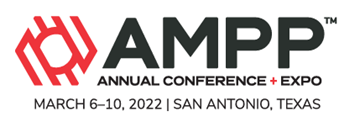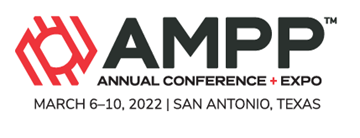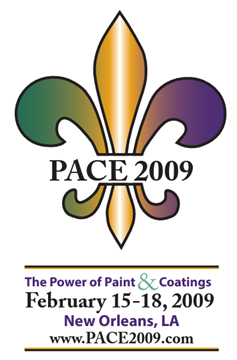Search
Coatings
View as
Sort by
Display
per page
A Novel, 100% Solids, Zero VOC Coating System for Long Lasting and Maintenance Free Foul Release and Inhibition
Product Number:
41211-610-SG
Publication Date:
2011
$20.00
A Paradigm Shift Of Corrosion Management Using IOW Program
Product Number:
51322-17712-SG
Publication Date:
2022
$20.00
A Polished Concrete Floor - Start to Finish
Product Number:
41209-517-SG
Publication Date:
2010
$20.00
A Practical Approach to the Rehabilitation of a Wastewater Treatment Facility: Utilizing Case Histories to Demonstrate “Real-Life” Applications
Product Number:
41212-664-SG
Publication Date:
2012
$20.00
A real-time matrix based corrosion monitoring system
Product Number:
51322-18130-SG
Publication Date:
2022
$20.00
A Recent Case Of Intermetallic Precipitations In Super Duplex
Product Number:
51322-17627-SG
Publication Date:
2022
$20.00
A Remote Monitoring System Featuring GPS Synchronized Instant-Off Potential And Line-Current Measurements
Product Number:
51322-17635-SG
Publication Date:
2022
$20.00
A Review Of Chloride Stress Corrosion Cracking Factors For Austenitic Stainless Steel
Product Number:
51322-17524-SG
Publication Date:
2022
$20.00
A Right Way To Calculate Pipe CP Potential Attenuation
Product Number:
51322-17599-SG
Publication Date:
2022
$20.00
A Road Map For Innovation In Microbiologically Influenced Corrosion (MIC) In The Gas Pipeline
Product Number:
51322-18204-SG
Publication Date:
2022
$20.00
A Simple and Effective Approach to Developing and Maintaining: A Maintenance-Painting Program
Product Number:
41209-515-SG
Publication Date:
2009
$20.00

